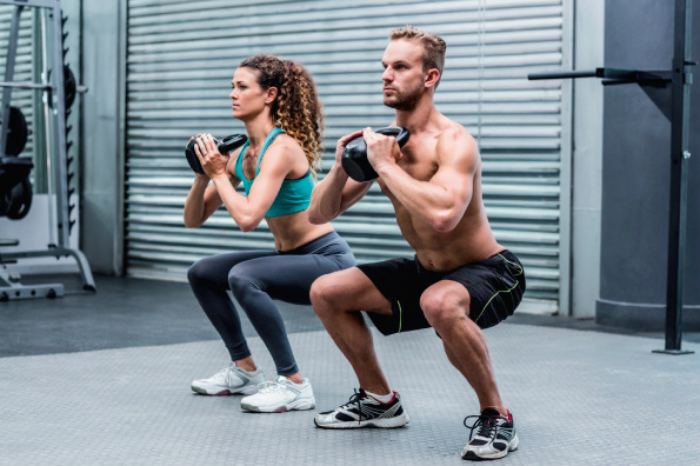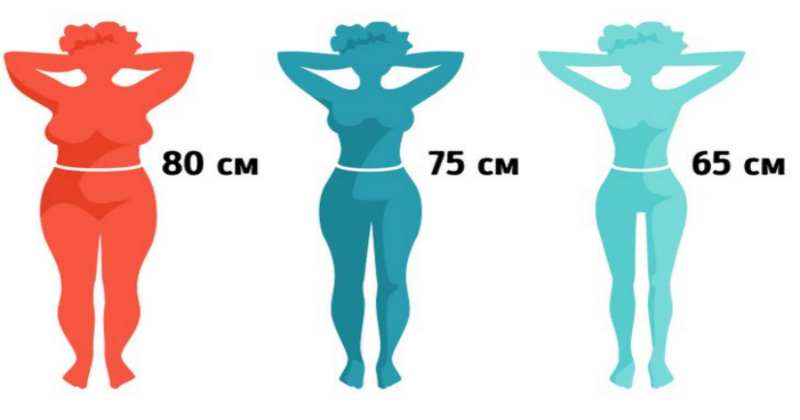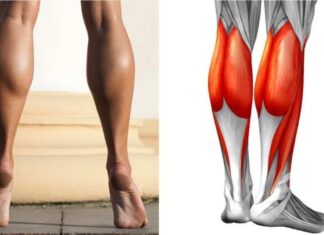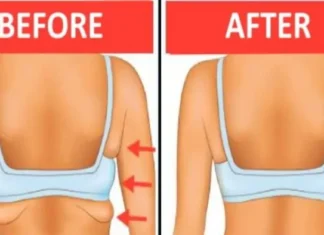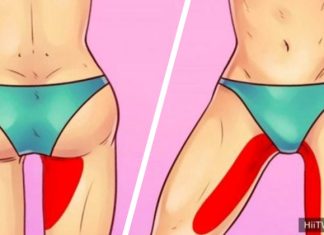HIIT workout helps you burn fat faster and easier. It also increases your anaerobic and aerobic endurance. It is a great way to have your body in shape.
Originally designed for athletes, HIIT is increasingly being used by the general population to combat the effects of a busy, sedentary lifestyle and by people who want to lose weight but don’t have the time to exercise.
This is where HIIT excels, as it is very effective at burning body fat in a short amount of time. But first, you need to understand some important concepts about HIIT training to get the most out of it, such as how long a HIIT routine should last.
What is HIIT?
HIIT stands for High Intensity Interval Training. HIIT is a type of cardiovascular exercise that differs from steady-state exercise in that it alternates between high-intensity intervals and low-intensity intervals (or rest periods). These intervals last a set amount of time and can be repeated as many times as necessary.
This workout combines moderate or low-intensity intervals with high-intensity intervals to raise our heart rate to a maximum and then lower it again.
For example, a basic HIIT routine might consist of 30 seconds of sprinting (high intensity) followed by 30 seconds of running (low intensity). This series would be repeated 3 times.
HIIT is considered to be much more effective than regular cardio. Because we can burn more fat in less time.
We are not saying that the cardio we know and do in the gym does not burn fat. It has been proven that when it comes to speeding up the metabolism, it is very useful to work in intervals. This is why HIIT training is more effective.
HIIT also burns calories after the workout. This does not mean that we can neglect a healthy diet. If you do HIIT regularly, you can lose weight and tone your body with fast results.
What does the scientific community have to say about HIIT training?
Researcher Izumi Tabata discovered that high-intensity interval training produced better and faster results in Olympic ice skaters than aerobic exercise. Tabata developed the principles of Tabata training, the precursor to HIIT.
Since then, numerous studies have supported the conclusion that the habitual practice of HIIT is superior in burning fat, losing weight, strengthening aerobic energy systems, and lowering blood pressure.
Why is HIIT more effective at burning fat?
A HIIT routine must raise the heart rate to 85-90% of maximum heart rate in order for the muscles to work without oxygen. This anaerobic exercise allows for excessive post-exercise oxygen consumption, an after burn effect that continues to oxidize fat for hours after an intense workout.
When you do steady exercise, such as jogging at a moderate pace, you are using the aerobic energy system. As long as the workout is long and not very intense, the body will only oxidize glucose and fat during the workout, with no additional benefit afterward. This means that a HIIT workout will only produce results if you really push yourself to the limit.
How long does it take for hiit results?
There is no consensus on this because people’s abilities and preferences vary. For example, a Tabata routine lasts 4 minutes, while HIIT classes at the gym typically last an hour. For most people, however, a sufficiently intense HIIT routine should last between 20 and 30 minutes.
If your workout takes longer than 30 minutes, you are probably not pushing yourself to your maximum intensity. On the other hand, if your workout lasts less than 15 minutes, you probably won’t see satisfactory results.
Keep in mind that this also depends on your current fitness level. A very sedentary person may be able to improve his or her body and health with a few minutes of exercise, while a serious athlete may need to train hard to beat his or her own personal record.
The disadvantages of a very long HIIT workout?
1. Muscle hypertrophy problems
HIIT, like all cardiovascular exercise, does not help you build muscle and get stronger. For that, you need to lift heavy weights and reduce aerobic exercise. Remember, HIIT is designed to help you lose fat and increase your cardiovascular capacity, not to make you lose muscle mass.
2. Cause Too Much Stress
The principle of exercise is to find the optimal balance between physical exertion and recovery to achieve gains in strength and energy. One potential risk is that HIIT creates a high metabolic demand. If you do not know your limits, you may push yourself too hard and cause excessive stress.
How many days a week should I do HIIT?
Taking all factors into account, the benchmark is 20-30 minutes of HIIT 3 days a week. Add one day of strength training with weights and enough rest to maintain muscle mass and you have the ideal exercise program for losing fat, not muscle mass.
2 Highly Effective HIIT Workouts
Here are 2 HIIT workouts to get you started using the tips above. Always remember to prepare your body with a 5-10 minute dynamic warm-up before starting the intervals.
1. 30:45 Sprints
This is an intermediate to advanced HIIT routine for people with athletic fitness. To perform it, do the following
Intense interval: 30 seconds of sprinting at near maximum effort.
Rest interval: 45 seconds of running, a dynamic rest. Repeat intervals for 15 sets.
2. 30:60 Kettlebell Swings
This exercise is more appropriate for beginners, so if you don’t have a lot of experience, we recommend starting with this one.
– Intense interval: 30 seconds of kettlebell swings, near maximum effort.
– Rest interval: 60 seconds of jump rope (rope not required).
Repeat intervals for 10 sets.
Conclusion
The optimal duration of a HIIT workout depends on you and your lifestyle, but we can conclude that 20-30 minutes of HIIT 2-3 times a week will meet the goals of a person trying to lead an active and healthy lifestyle.
Please SHARE this with your friends and family

